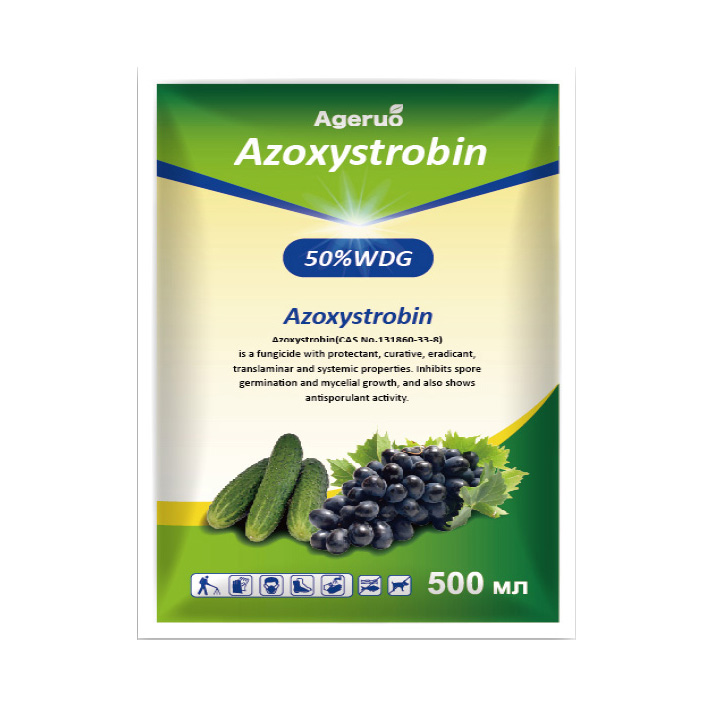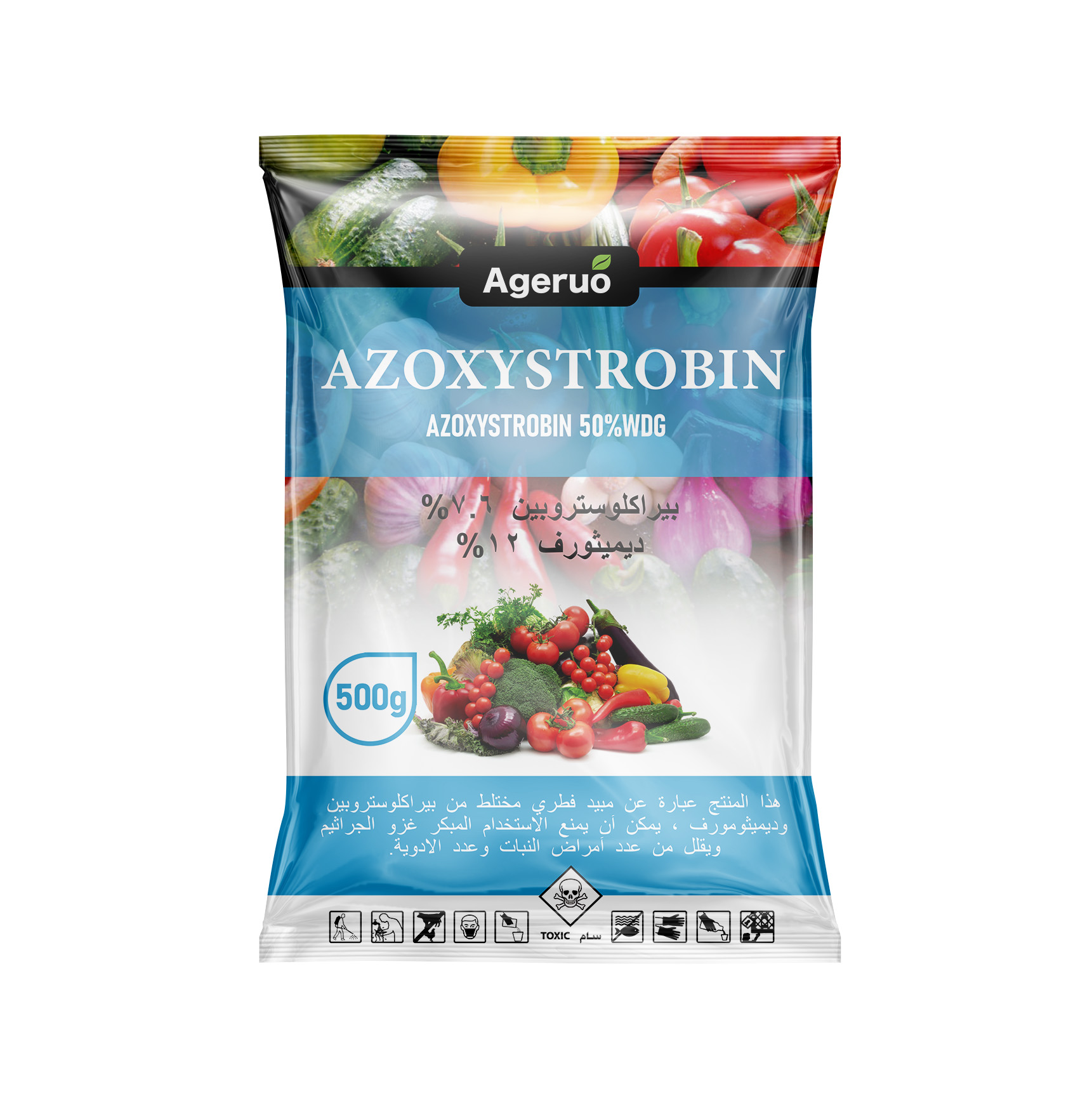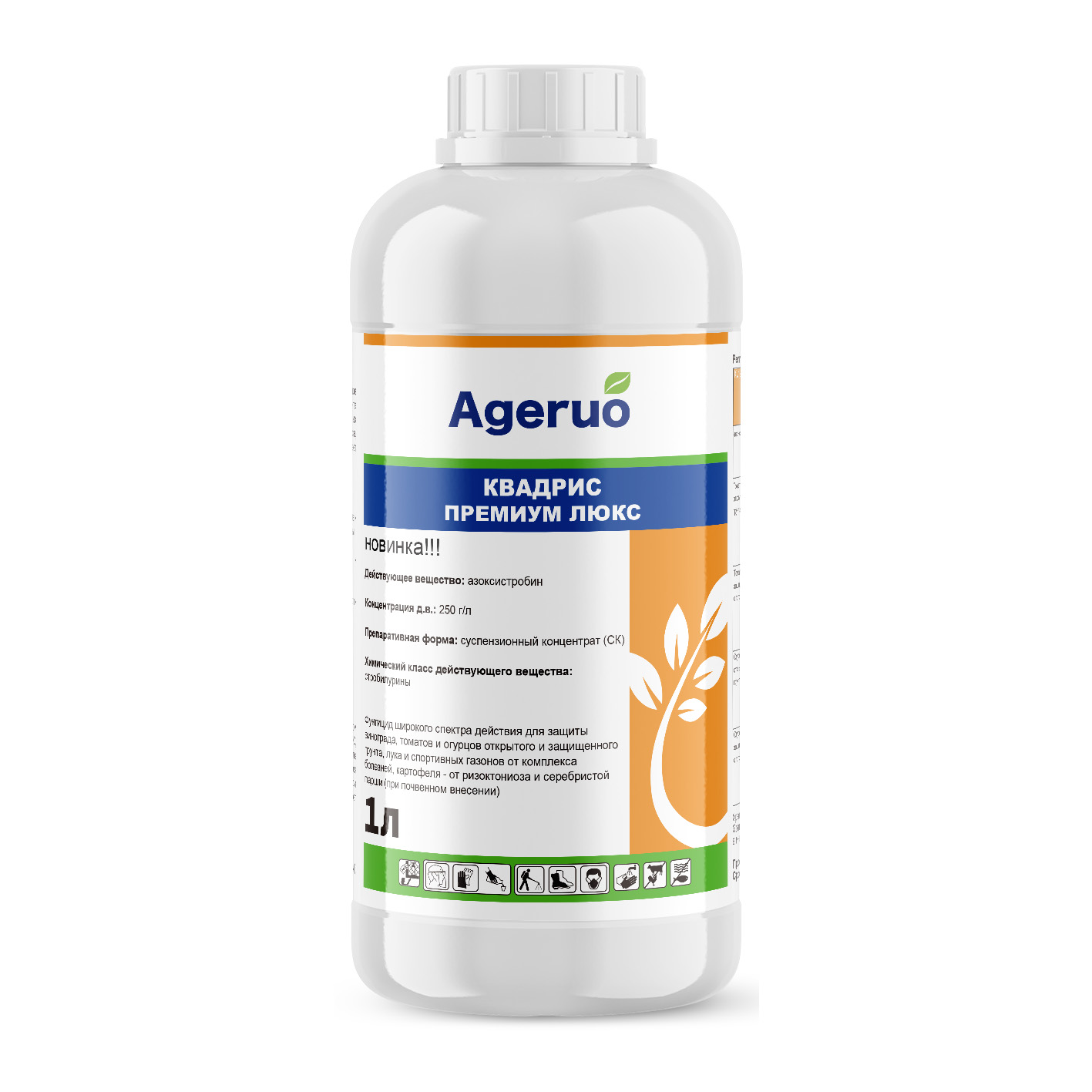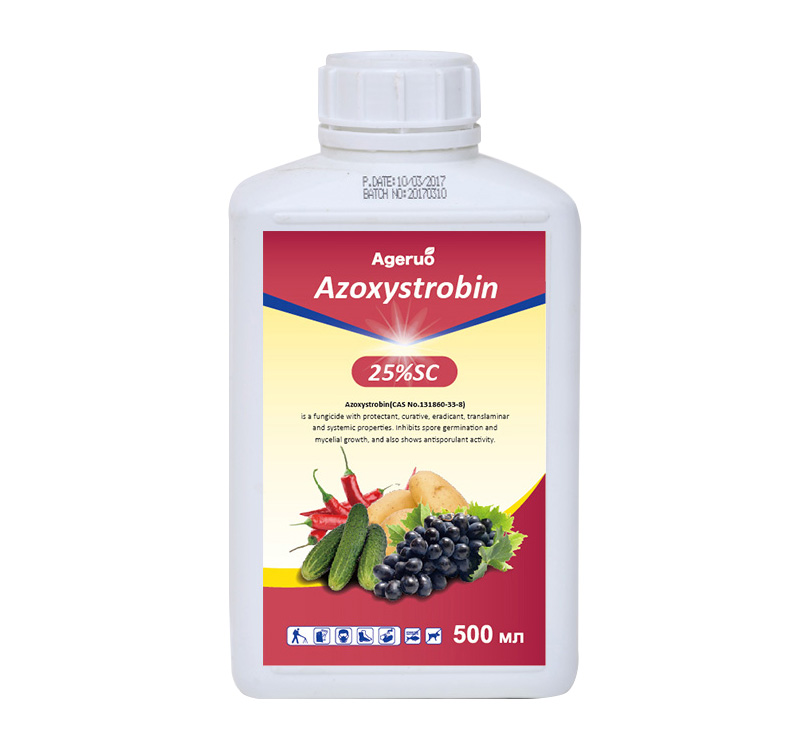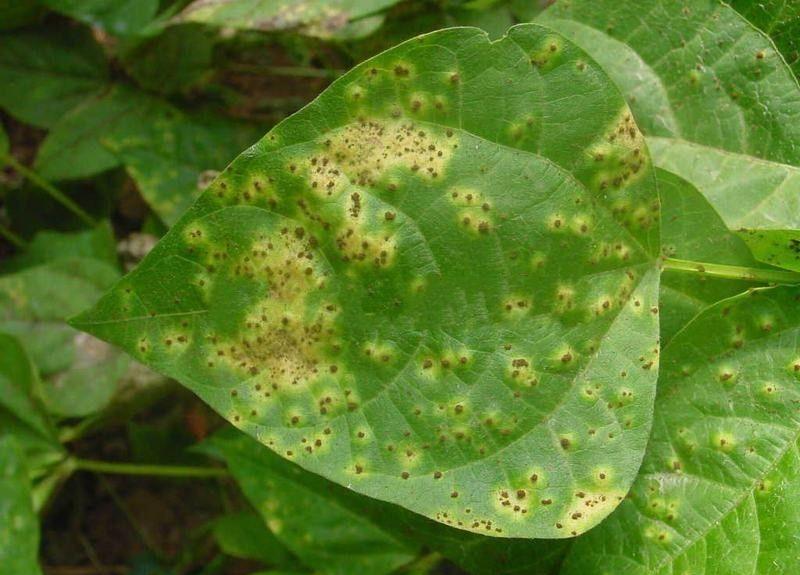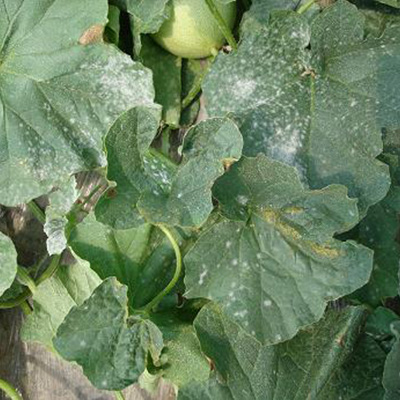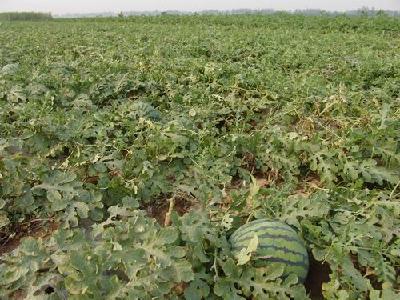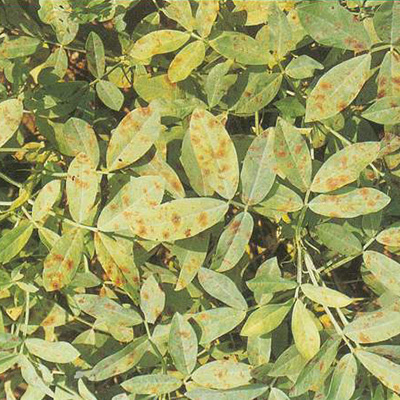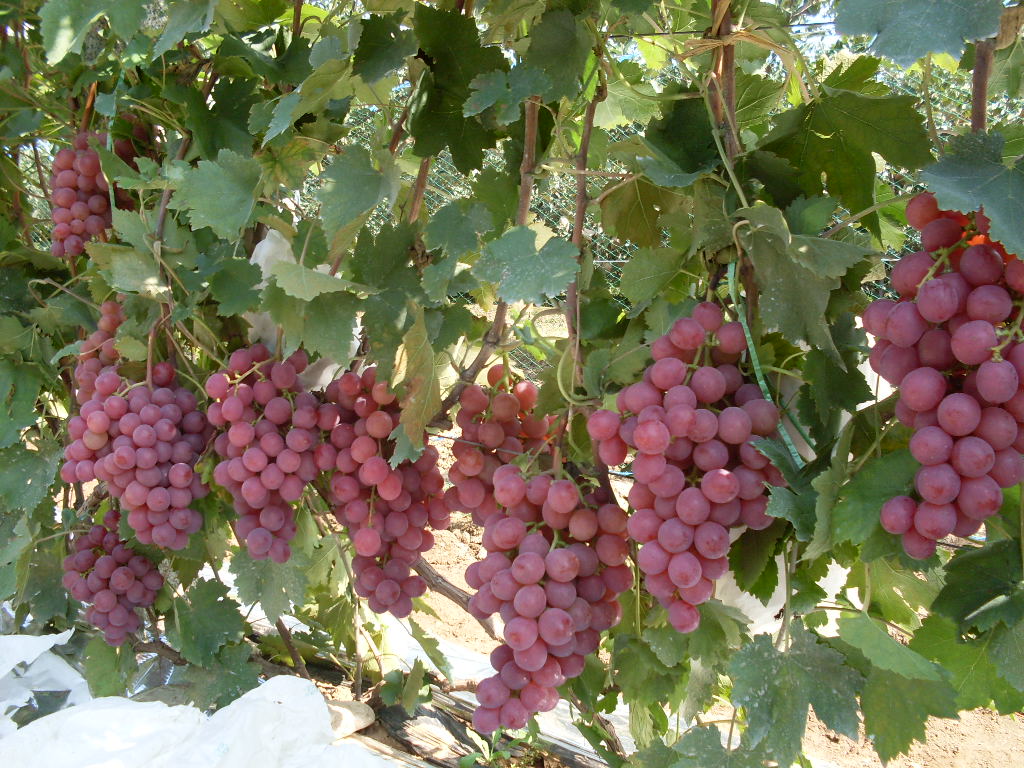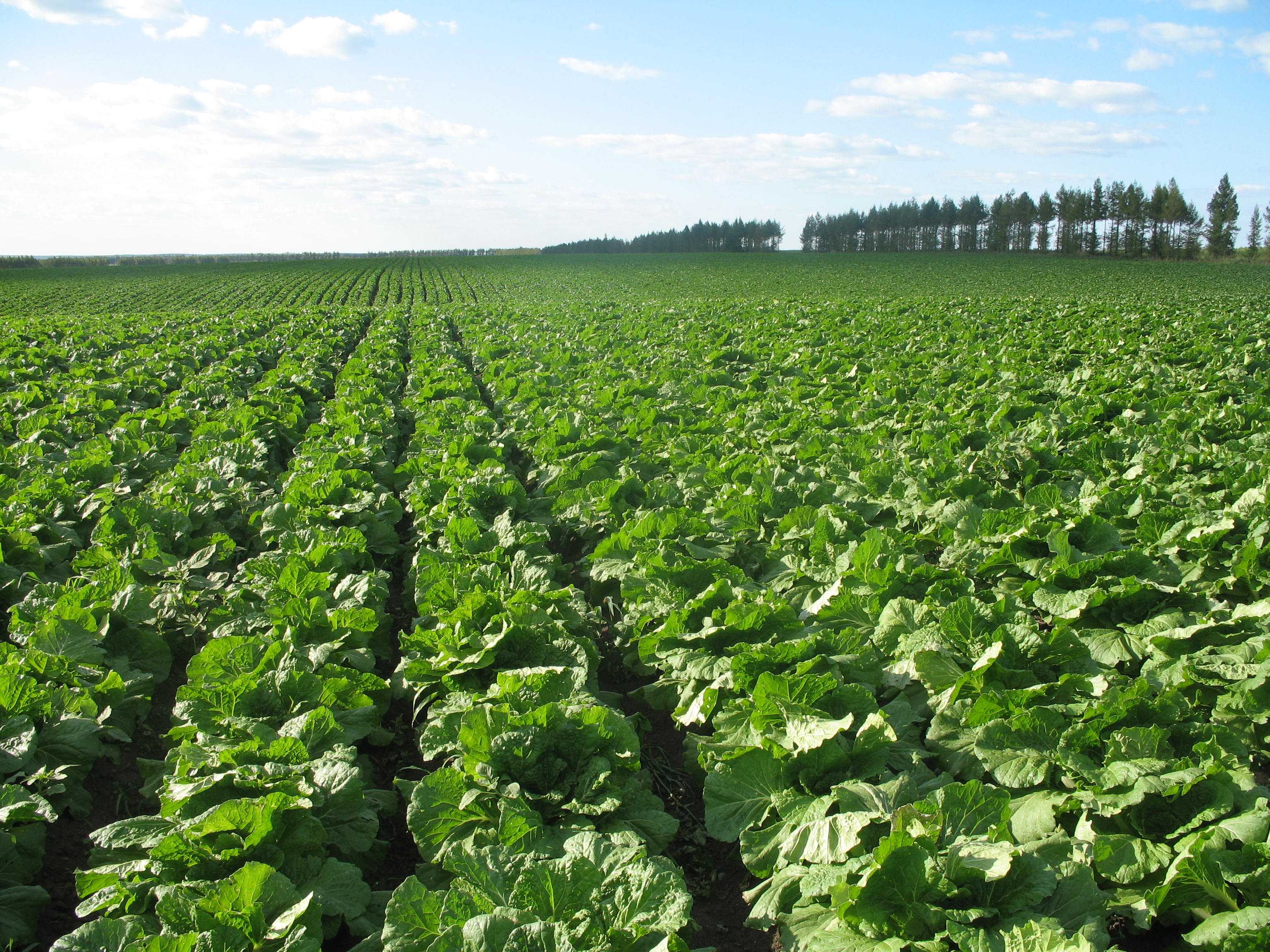Be sure to pay attention to these when using azoxystrobin!
Azoxystrobin has a broad bactericidal spectrum. In addition to EC, it is soluble in various solvents such as methanol and acetonitrile. It has good activity against almost all pathogenic bacteria of the fungal kingdom. However, despite its many advantages, it is worth mentioning that when using azoxystrobin, care must be taken to prevent pesticide harm.
Related reading: Azoxystrobin and Propiconazole Fungicide Rotation
Azoxystrobin is a high-efficiency, broad-spectrum fungicide of the methoxyacrylate class. Preparations using it as an active ingredient can not only treat multiple diseases with one drug, but also increase plant disease resistance and improve stress tolerance, especially for its relatively The long specific effect period can reduce the frequency and cost of medication, delay crop aging, extend the harvest period, and increase total output. It is understood that azoxystrobin has good activity against almost all pathogenic bacteria of the fungal kingdom. Therefore, so far, domestic and foreign companies use azoxystrobin as the main active ingredient to target Ascomycota, Basidiomycotina, Flagellates Powdery mildew, rust, glume blight, net spot, downy mildew, rice blast and other diseases caused by fungal diseases such as subphylum and Deuteromycotina, 348 pesticide formulations have been registered at the Pesticide Control Institute of the Ministry of Agriculture of China, including Stem and leaf spray, seed and soil treatment and other modes of action can be used on crops such as cereals, rice, peanuts, grapes, potatoes, fruit trees, vegetables and lawns.
In addition to not being mixed with EC, another problem that must be controlled with azoxystrobin is phytotoxicity. Viscosity, solubility and permeability are important indicators of azoxystrobin, and there is a close relationship between the three. Especially because it has strong systemic and cross-layer conductivity, it can be used without additives. Under moderate conditions, it is very easy to cause phytotoxicity. Under this circumstance, the plant protection community came to a common sense understanding that azoxystrobin pesticides cannot be mixed with silicone synergists. Because it already needs to be controlled, and aggravating it is counterproductive. In this regard, the more prominent these properties are, the more dangerous they are. Therefore, in the production process, ordinary manufacturers will consciously or unconsciously emphasize the issue of medication safety, and use relevant additives to achieve the “braking” function of their performance. Prevent it from causing phytotoxicity.
Azoxystrobin has been widely developed and applied, bringing practical disease prevention and control benefits to agricultural production, but we also hear reports of pesticide damage from various places from time to time. For example, phytotoxicity caused by unreasonable use of azoxystrobin has occurred in protected tomatoes or orchards. Therefore, in product promotion, over-emphasis on the performance indicators of azoxystrobin, exaggerating one of them, and not paying attention to scientific and safe medication use may lead to the risk of drug harm due to improper use.
Precautions when using azoxystrobin
(1) Azoxystrobin should not be used too many times or continuously. In order to prevent bacteria from developing drug resistance, it is strictly prohibited to use it more than 4 times in one growing season, and it should be used alternately with other drugs according to the type of disease. If the climate is particularly conducive to the occurrence of the disease, vegetables that have been treated with azoxystrobin will also suffer from mild disease, and other fungicides can be used for targeted prevention and treatment.
(2) Medication can be used before crop diseases occur, or during critical periods of crop growth, such as the leaf unfolding stage, flowering stage, and fruit growth stage. It is necessary to ensure that there is a sufficient amount of liquid for spraying, and the liquid must be fully mixed and then sprayed evenly. spray.
(3) It is strictly prohibited to use it on apples and pears. When using it on tomatoes, it is forbidden to use it on cloudy days. It should be used in the morning on a sunny day.
(4) Pay attention to the safety interval, which is 3 days for tomatoes, peppers, eggplants, etc., 2-6 days for cucumbers, 3-7 days for watermelons, and 7 days for grapes.
